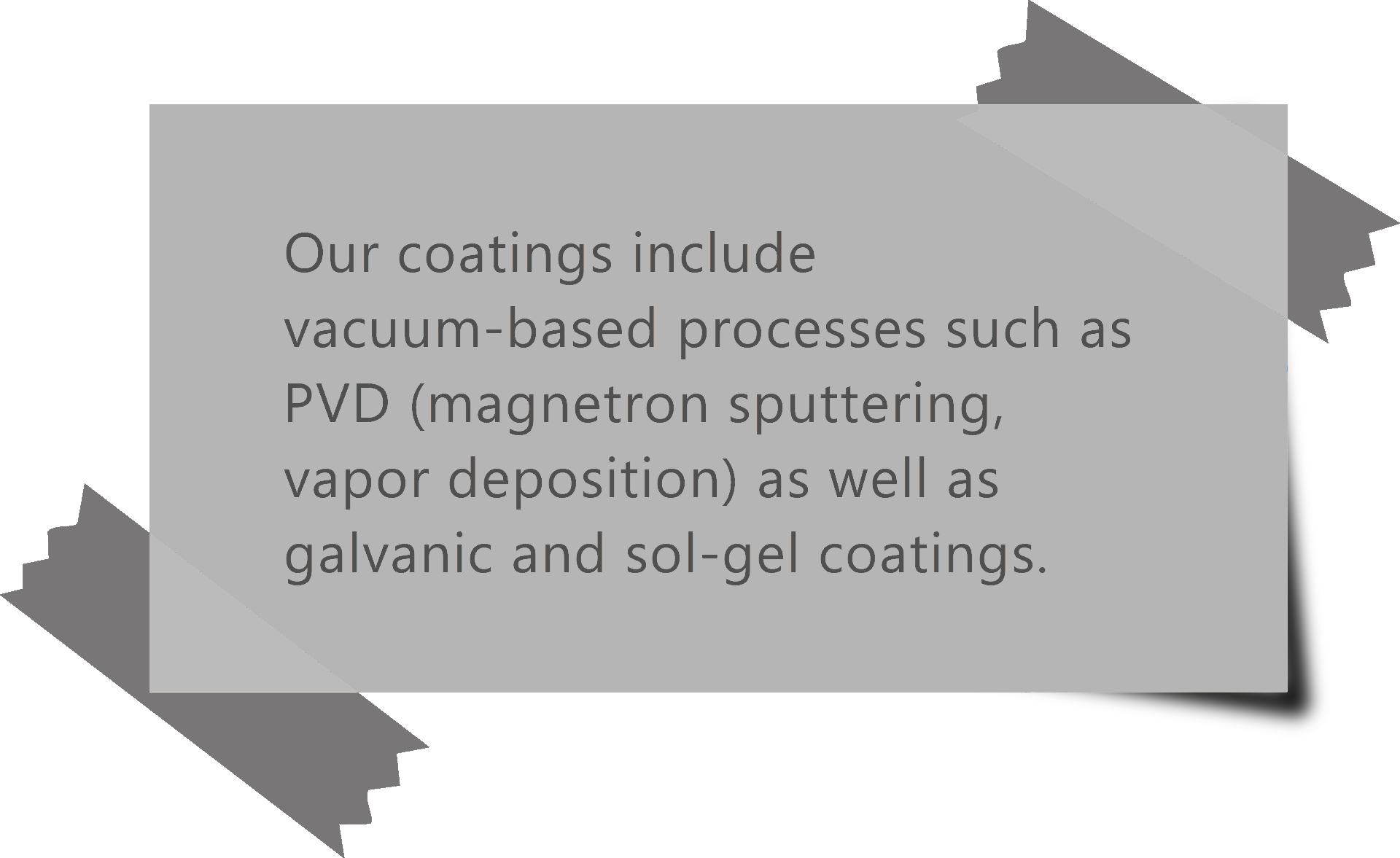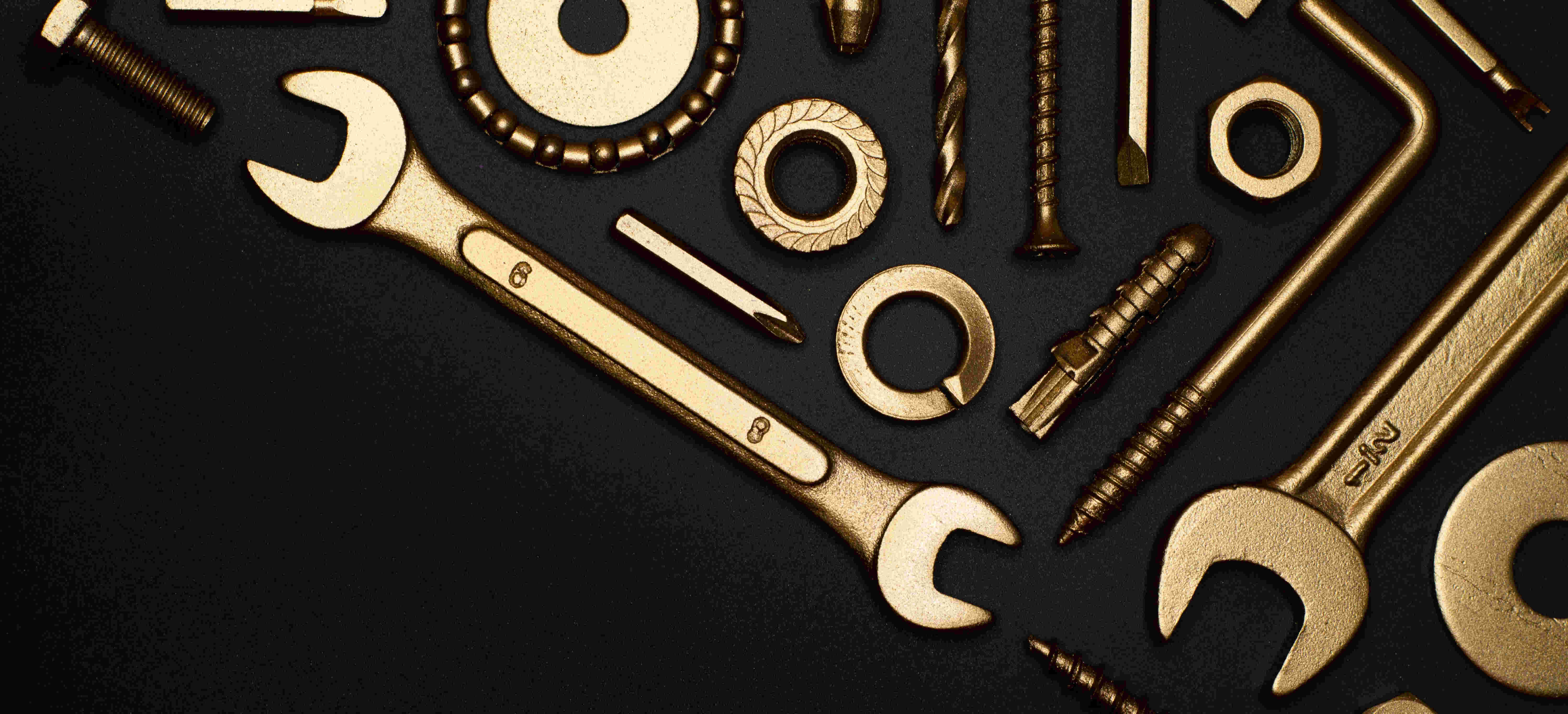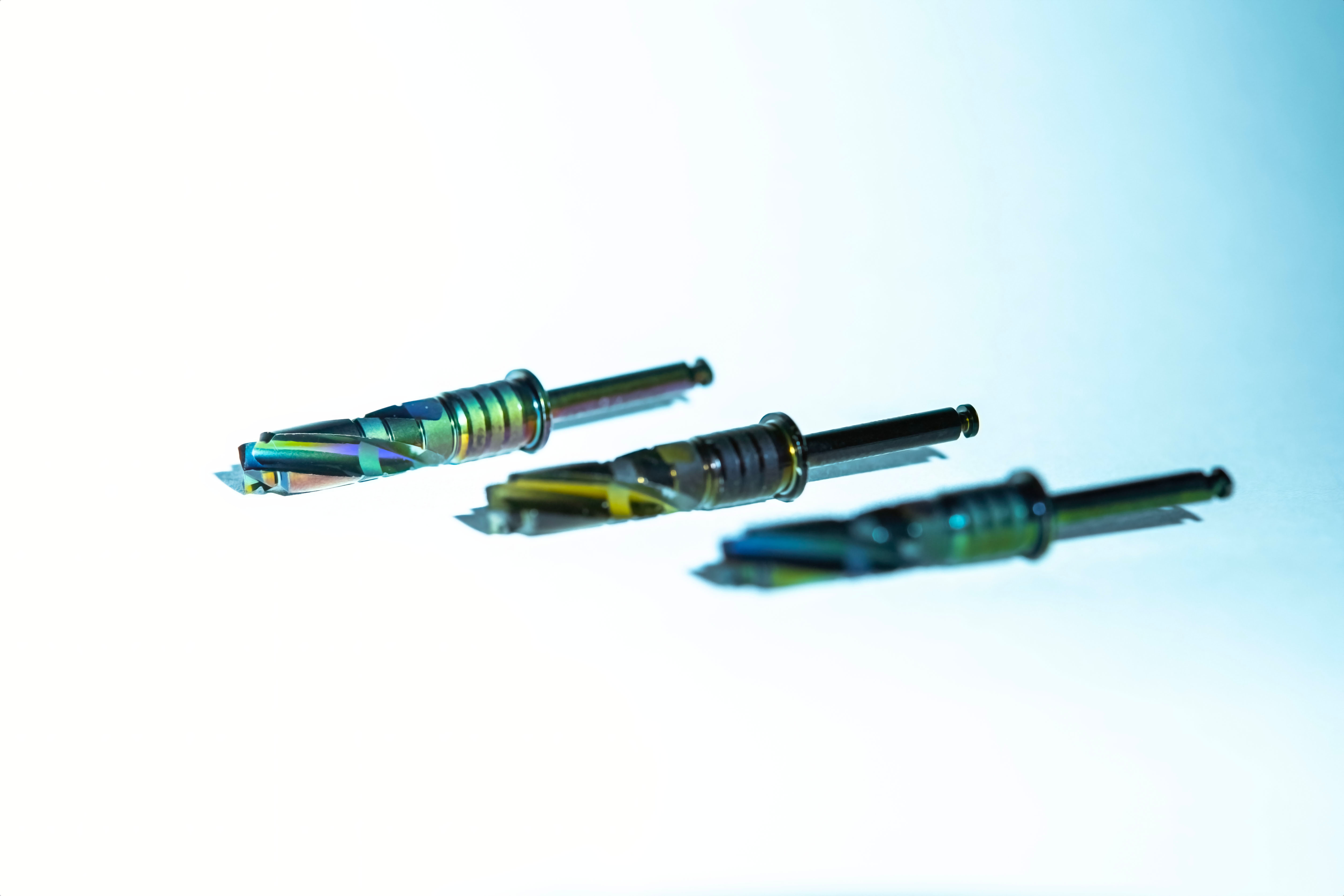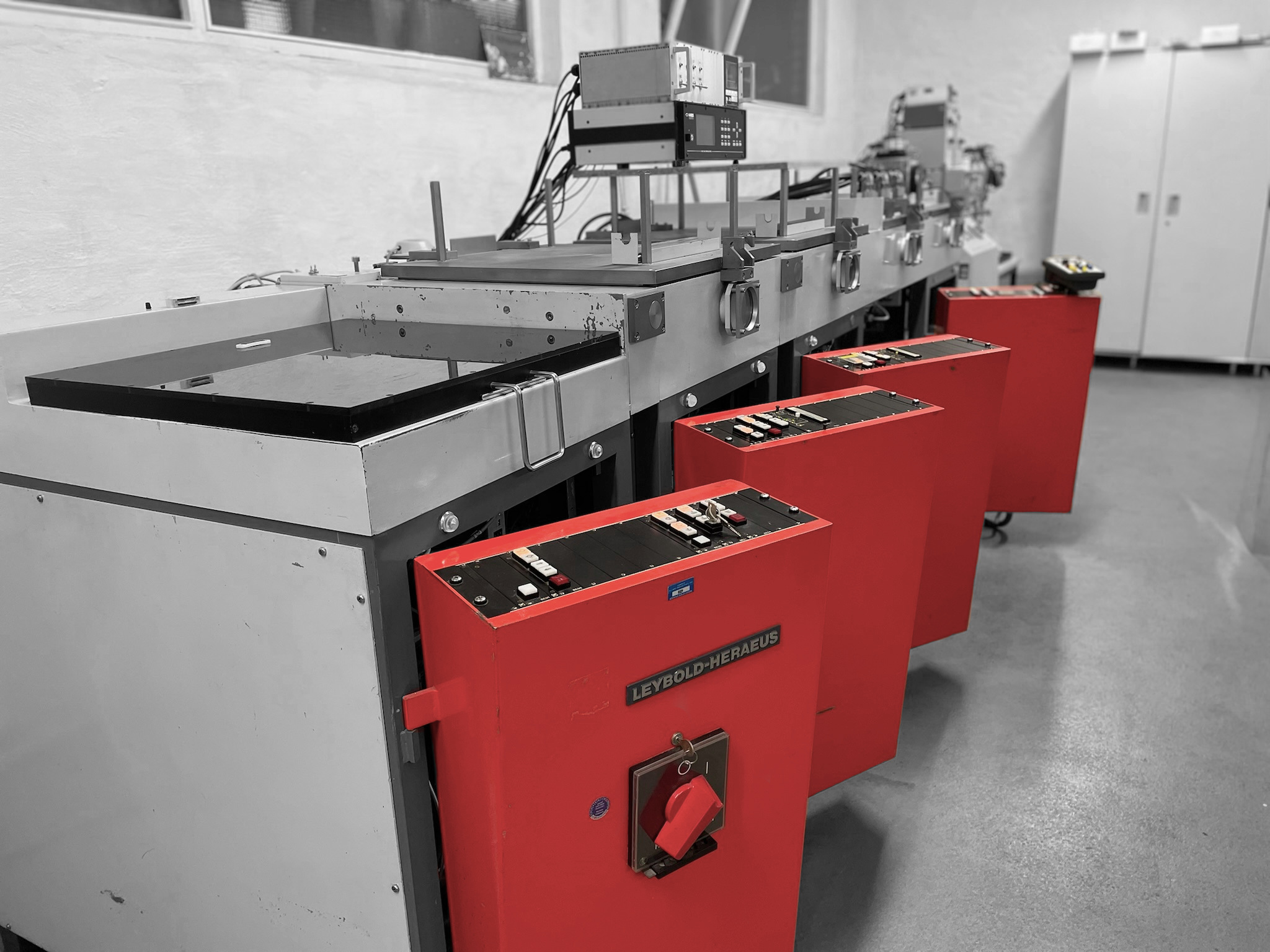



For anti-wear or low-friction coatings, the mechanical coating properties (hardness, residual stress, etc.) play the most important role along with adhesion. The PVD coatings we deposit can make full use of their advantages here: low coating thickness, excellent adhesion and high density. Examples from practice are low-friction carbon coatings, hard titanium nitride (TiN) or chromium nitride (CrN) coatings, or silicon carbide (SiC) coatings.
Product enhancement through the deposition of various metallic decorative layers, e.g. gold, chrome, nickel or copper, which can be made highly lustrous or matte depending on the substrate surface. Decorative coatings at Limedion are usually deposited by PVD or electroplating. For some applications, scratch or tarnish protection is required (e.g. for silver coatings). In this case, we apply an additional transparent ceramic top layer to the decorative coatings.

Barrier coatings are used to protect products against inward or outward diffusion of active ingredients. Typical examples are coating of containers against oxygen diffusion, metallization of polymer products to achieve electrical conductivity or electromagnetic shielding. The PVD technology used at Limedion allows the production of dense, low-porosity coatings with good adhesion at deposition temperatures between room temperature and 150° C, making it well suited for use on many plastics.
Coatings on medical devices such as implants or sensors are intended to increase compatibility or improve functionality. Our biocompatible PVD coatings and sol-gel coatings are ideally suited, for example, as a depot for active ingredients, can be designed to be hydrophilic or hydrophobic, or protect sensitive biosensors.


